Day 5. Ouarzazate - Ait Benhaddou - Kasbah Telouet - Tizzi N'Tichka Pass - Marrakech
We got back on the road for the last time in this Sahara trip, heading to Marrakech.
“Country road, take me home, to the place where I belong....”. -John Denver-
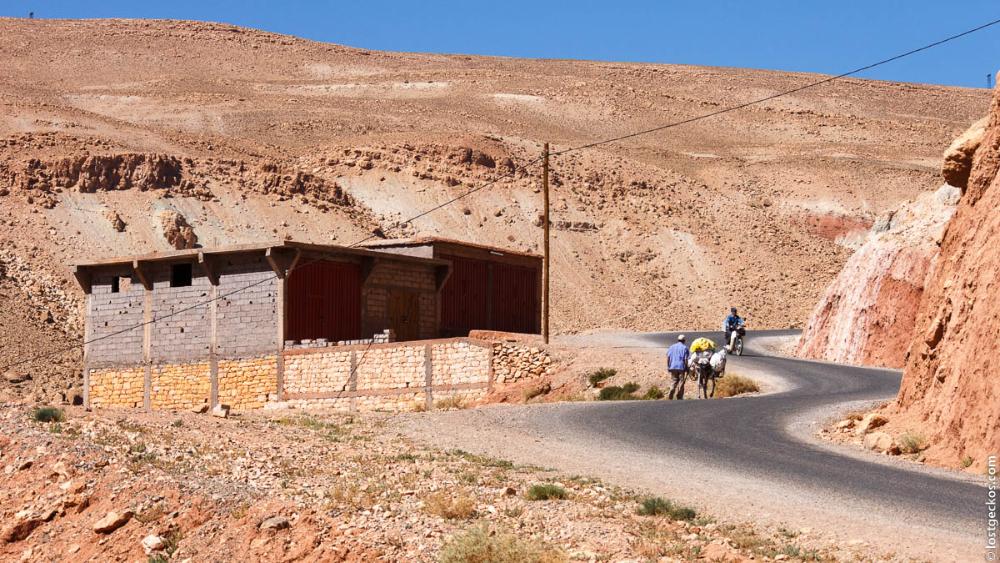
Well, okay, home is possibly a not the right word, but I was happy enough that the road took us back to some livelier civilization. At this point, I needed to see more people and less dead dunes (and camels) before I went gaga.
Do you know that most of the interesting spots to visit along the way to Marrakech from Ouarzazate are famous for being the shooting locations of big blockbuster movies? Yep, this part of the desert is the part mostly used as desert background in movies, namely, Laurence of Arabia, Gladiator, Star Wars, Games of Thrones and other movies that have desert looks for background.
We drove past Atlas Studio, known as the world’s largest film studio. Although it might be as interesting as it sounds, knowing the long list of all movies that had been shot at the location, a film studio is nothing but a background setting with props. I mean if we were to spend time looking at props and buildings, I would rather spend it at those with historical backgrounds dated from hundreds of years ago. In this case, or I must say in this last part of the trip in the Sahara, those historical places worth to visit were Ait Benhaddou and Kasbah Telouet.
Ait Benhaddou
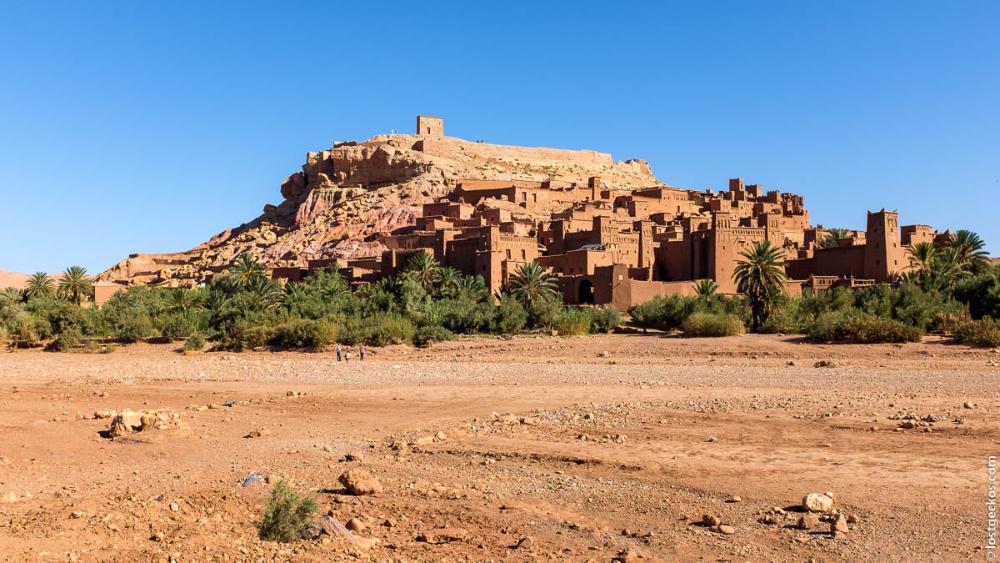
Ait Benhaddou is an ancient fortified city (ksar) made from clay located in the Southeastern of Morocco, 30 Km from Ouarzazate. The site has been recognized by the UNESCO as one of the world heritage sites since 1987.
Now before you get all confused with Arabic terms on residential places like Kasbah and Ksars, let me explain briefly the difference between the terms. Kasbah means a fortified house built for the ruling family, while Ksar means a fortified village. Both residential systems are traditional living spaces of the Berber, in fact it is considered as one of the diverse manifestations of Berber architecture which uses mostly dry clay/mud.
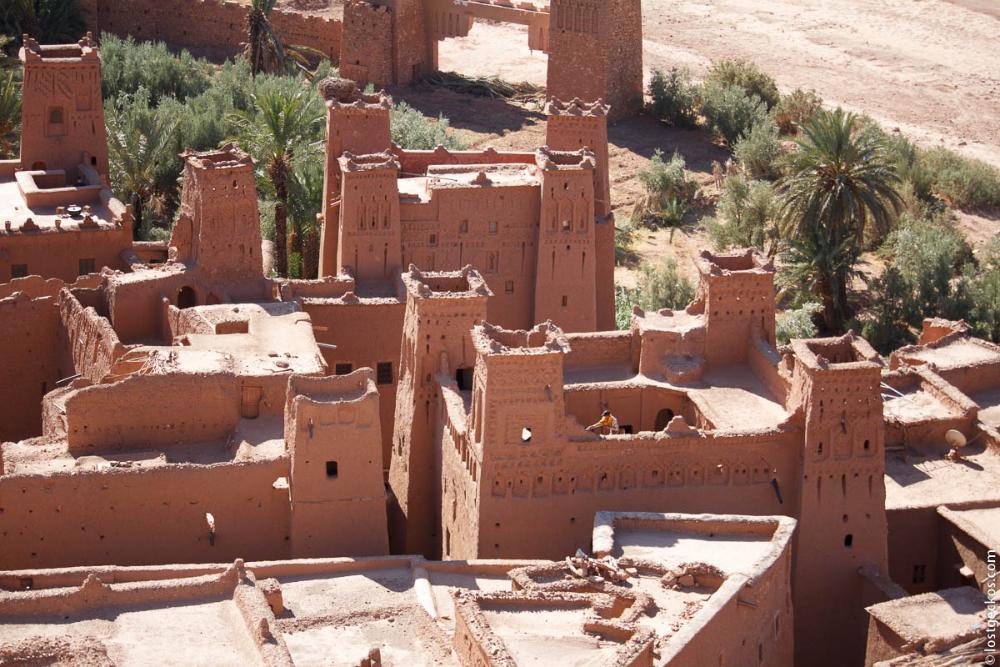
Ait Benhaddou is nestled gracefully by the river at the foot of High Atlas Mountain range. This Ksar is considered one of the most well-preserved ksar sites in Southern Morocco. The kasbah's inside this ksar are decorated with watch towers with geometrical ornaments and shapes and made the top of their watch-tower look like crowns. Once you get closer, you notice that most of these buildings are crumbling as they degrade due to the weather, to the point of no return. Once a Kasbah is rotting away, the family inside it usually would prefer to abandon it and build another one than putting effort to repair it.
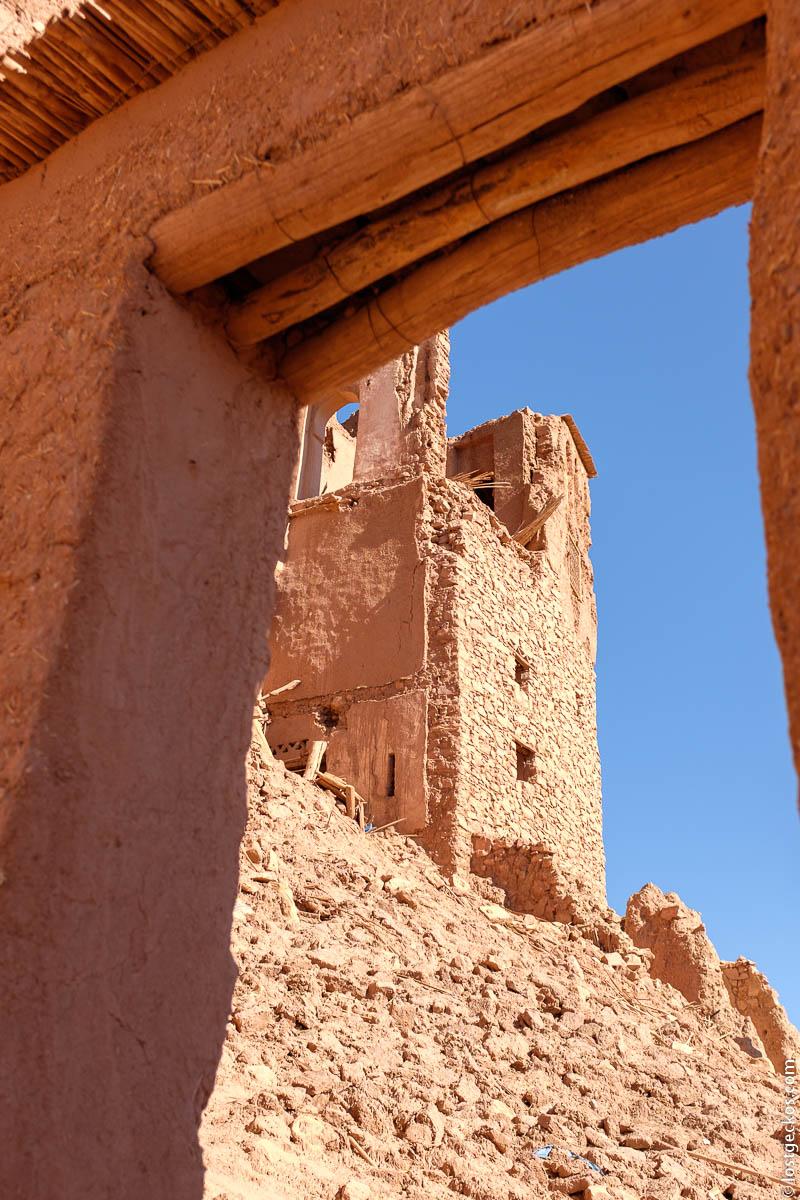
Our guide asked me if I had heard the name Russel Crowe. Heard his name?? I probably called out his name once (or 11 times) in one of many naughty dream series back in early 2000s. I liked him, yes, likeD, with big D at the end that signifies as a past thing and it also stands for Disappointment. I liked him in between the Gladiator and Robin Hood, then I started to forget him after Noah. Anyway, our guide tried to show me where the scene in Gladiator was shot, he pointed to the ground where he claimed that Russel Crowe was standing exactly there as the disgraced General Maximus. By the tone of his voice, he was expecting to hear me glee-ing with excitement for being able to see the ground where Russel Crowe was once standing, wearing short skirts (and probably no underwear, if he respected his character enough to dress up the way that General Maximus would). I did not. It was just a piece of dry red clay floor, there is nothing to glee about, no matter who has ever stood on it.
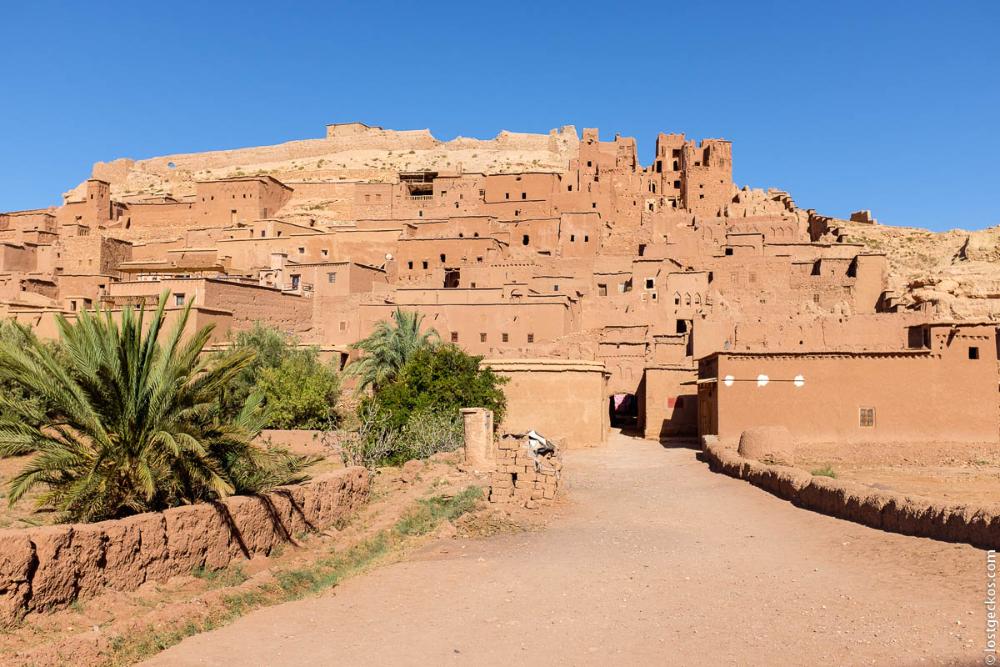
Ait Benhaddou was also used as the set of the slaving city of Yunkai for the Games of Thrones TV series, where Daenerys Targaryen marched in to free the slaves. Now the question is, was Ait Benhaddou one of the locations where Daenerys was naked scene taken at? Let’s Google it out, shall we?... Not now? Well, okay, do it when you wish then, and turn off the safety search for more entertainment.
Ait Benhaddou was built onto the side of a hill, and on top of that hill stands a square building that once protected the most valued items and it served as a shared granary for the population of Ait Benhaddou. This hill top was also the last line of defense of the city, where the residents could retreat to when the enemy managed to penetrate the tall walls. This ancient city is packed tight with houses and narrow maze-like pathways that often lead into steep staircases.
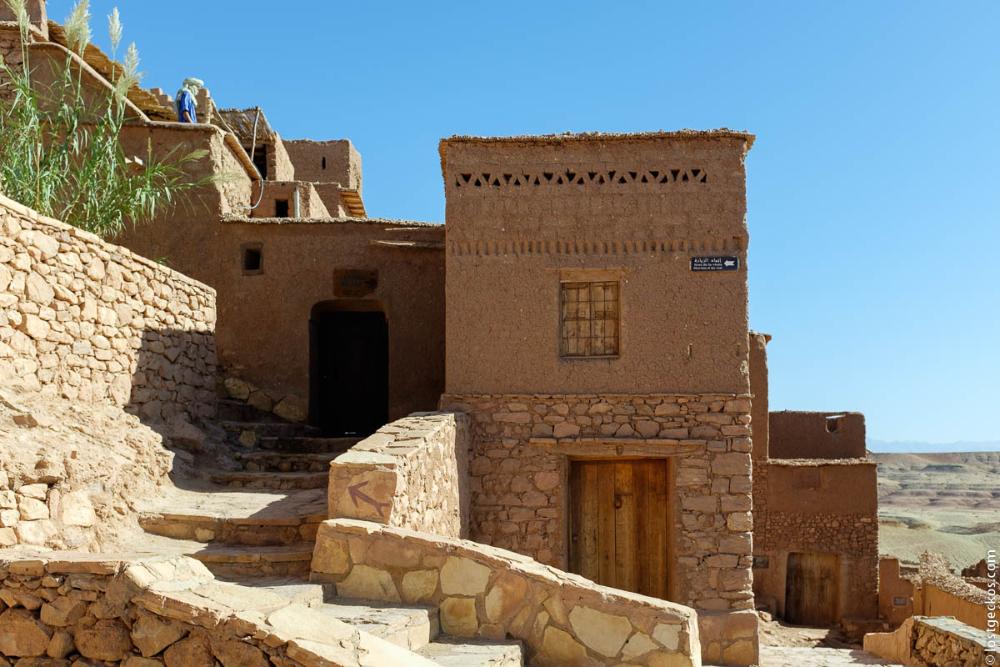
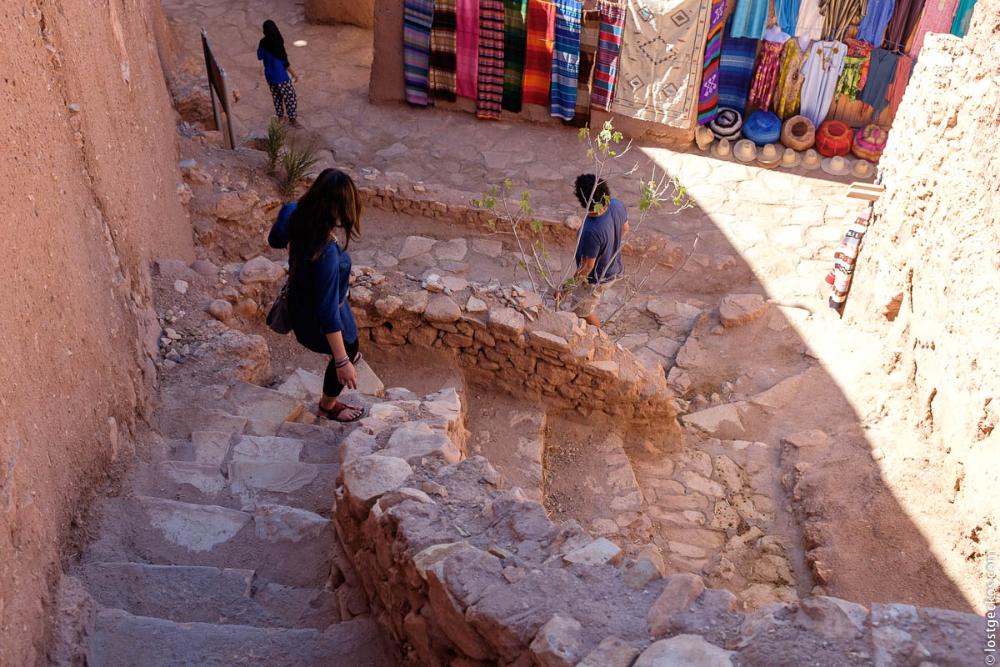
Being in the list of UNESCO’s World Heritage means everything should be kept the way it is,it makes visiting Ait Benhaddou feels like going through a time machine that lead us back to how it was 400 years ago. The other time machine that brings us back to reality is the west gate of the city, which is packed with souvenir shops selling tacky trinkets.
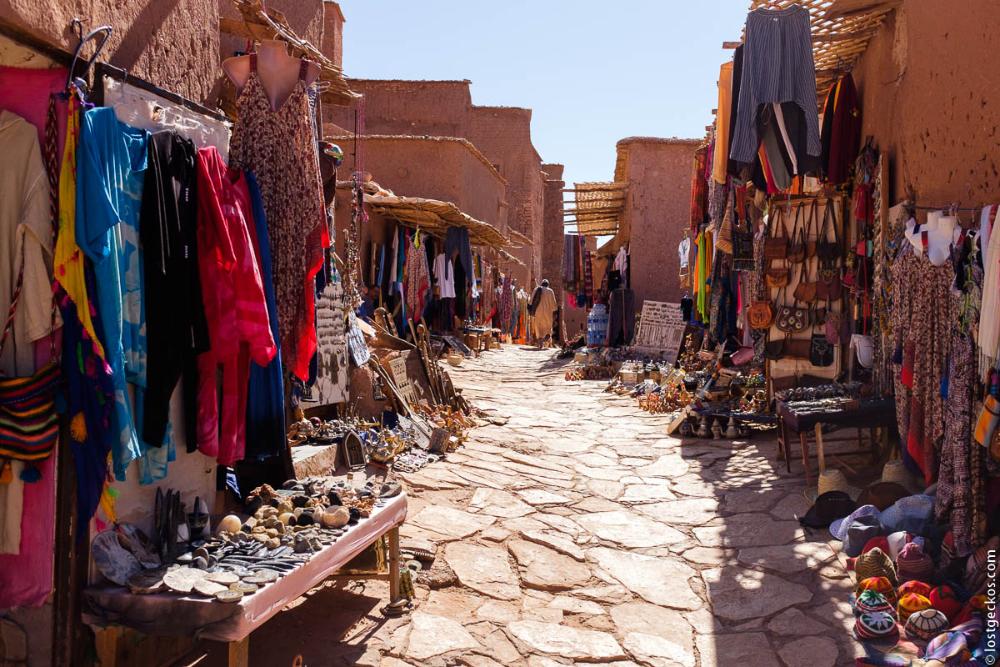
Kasbah Telouet/ Kasbah Taourirt
Kasbah Taourirt or Kasbah Telouet might seem like another old Kasbah in Morocco; old and rundown, but it has impressive indoor decorations like none other. With the vast backdrop of the Atlas Mountain, this Kasbah had 300 hand-decorated rooms and is covered with beautiful Morrocan mosaic tile art (zellig).
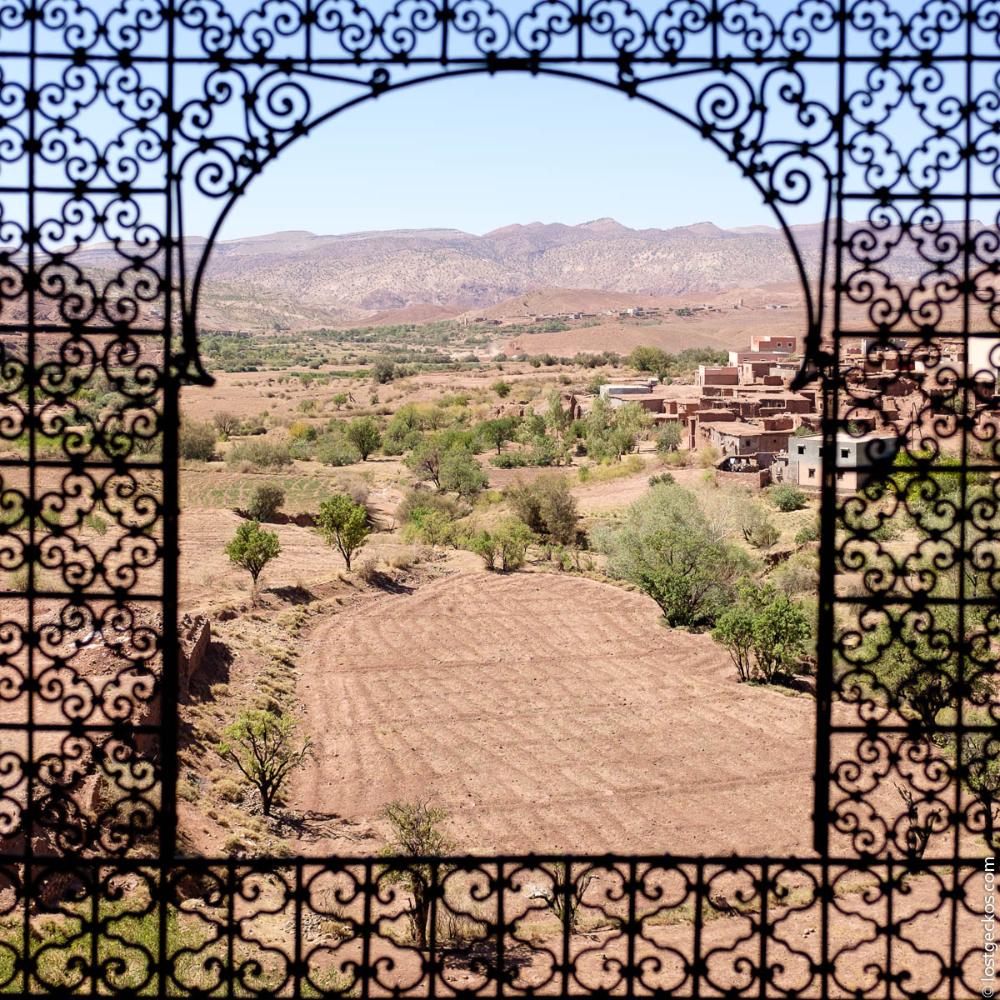
This Kasbah is truly a symbol of wealth and power of the Moroccans, as the rulers of the Atlas in the past. It was once the home of the Lord of the Atlas; the Glaoui family. Tami Glaoui, the head of the family was wealthy and known for his allegiance to France. His allegiance made him the leader of the Atlas and his family’s fortune was estimated to reach millions of Dollars in total. The Glaoui’s glowing era was imprinted on throughout the Kasbah.
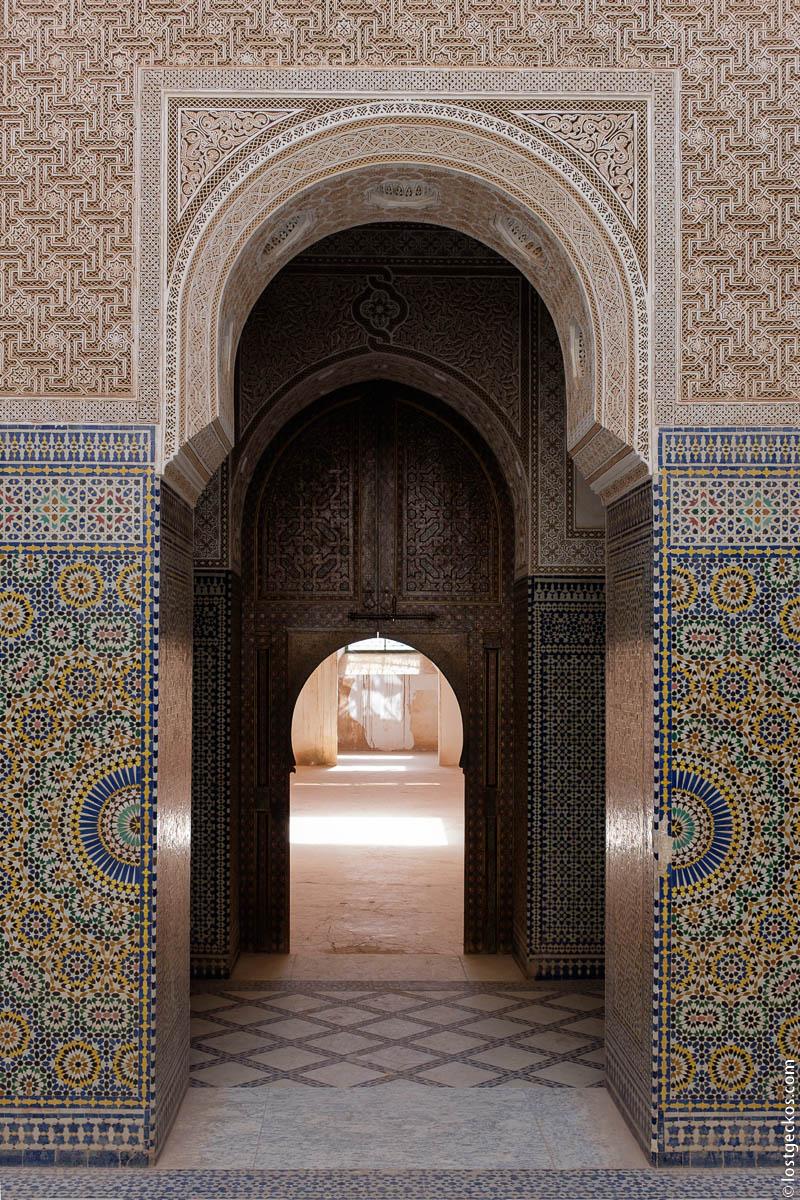
We took a local guide to entertain us along while visiting the Kasbah. He explained how life was for the wealthiest family in the Atlas Region, catered by their numerous slaves servants. He mentioned that Tami Glaoui had a number of harems living under the same roof (different rooms, of course), and he shook his head with disbelief, thinking how many dramas this Kasbah must have witnessed with all those wives living together. Our guide was one of the few men we met in Morocco that didn’t really glorify polygamy. I liked him.
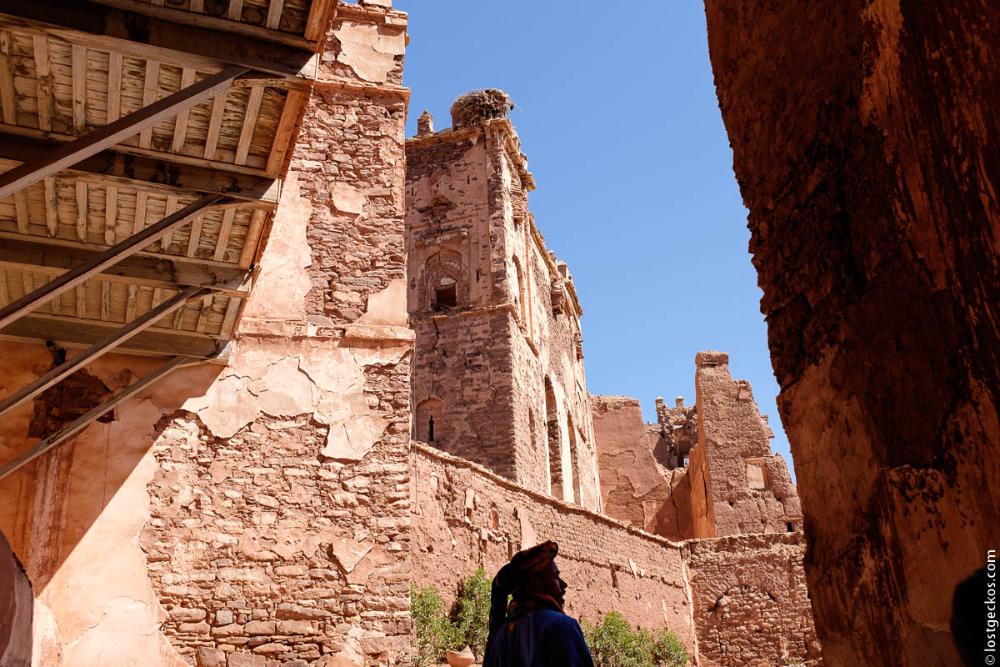
According to the tale told by our guide, the Glaoui clan controlled one of Morocco’s significant southern caravan routes to and from West Africa. Kasbah Telouet was the entrance gate to North Africa for all caravans (vendors) from West Africa that had succeeded crossing the Sahara. The Kasbah provided those caravans with food and water to refill their logistics, and a place to rest before they continued their journey. Each caravan would pay a certain amount of money for this service and they also had to pay some sort of tax or entrance/exit to the Glaoui clan before continuing their trip, depending on where they were heading to (into the North of Africa or exiting back to the west of Africa). This was how the Glaoui earned their wealth and power.
After visiting the last kasbah in this land of a thousand kasbahs aka Ouarzazate, we got back on the road to Marrakech..
Tizi N'Thicka Pass
Taking the Tizi N’Thicka pass to get to Marrakech from Ouarzazate (and vice versa) is inevitable. It’s the road that links the south-east of Marrakech to Ouarzazate through the Atlas Mountains. Tizi means mountain pass in Berber language. Tizi N’Thicka is famous for the dangerous road with a multitude of hairpin turns and we were lucky that I wasn’t driving. Simply because I can’t even drive. LOL… This road climbs up to the highest peaks of 2,260 meters above the sea level. It was seriously high, my ears were popping, y’all!
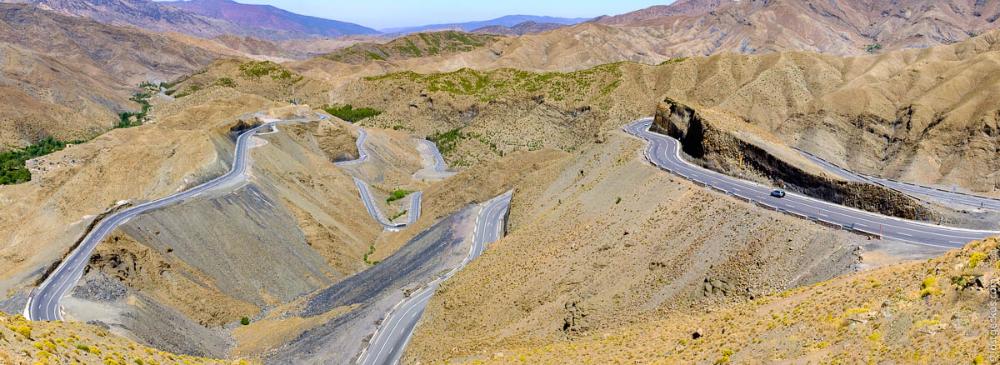
The landscape view changed with altitude and it was pretty impressive; from the arid region of Ouarzazate to the barren peaks of the Atlas, with small villages and oases in between. It was one of the most beautiful road we ever took together.
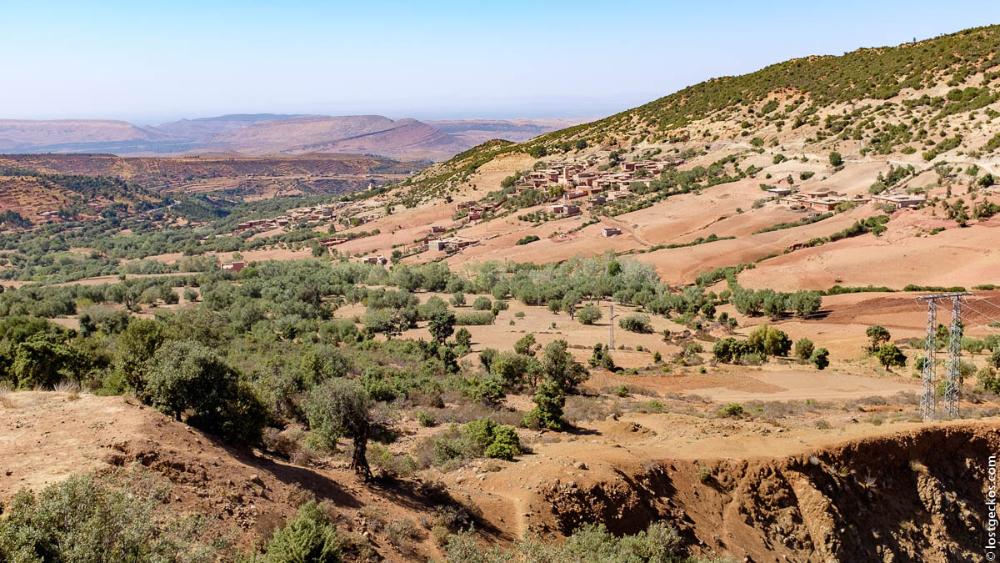
The road hugged the mountain tight like a boa constrictor, making it full of twists and turns for 200 km. For cripes sake, how many times should I get reminded about my weak belly in this Saharan trip?!.. Full concentration was needed all the way and cutting corners in this route was a total dick move, especially because the road turns sharply and you won’t know what is coming from the opposite direction. The chances vary from a big tour bus to a flock of donkeys or sheep, herded by young children. Either way, best is not to slam right into any of them.
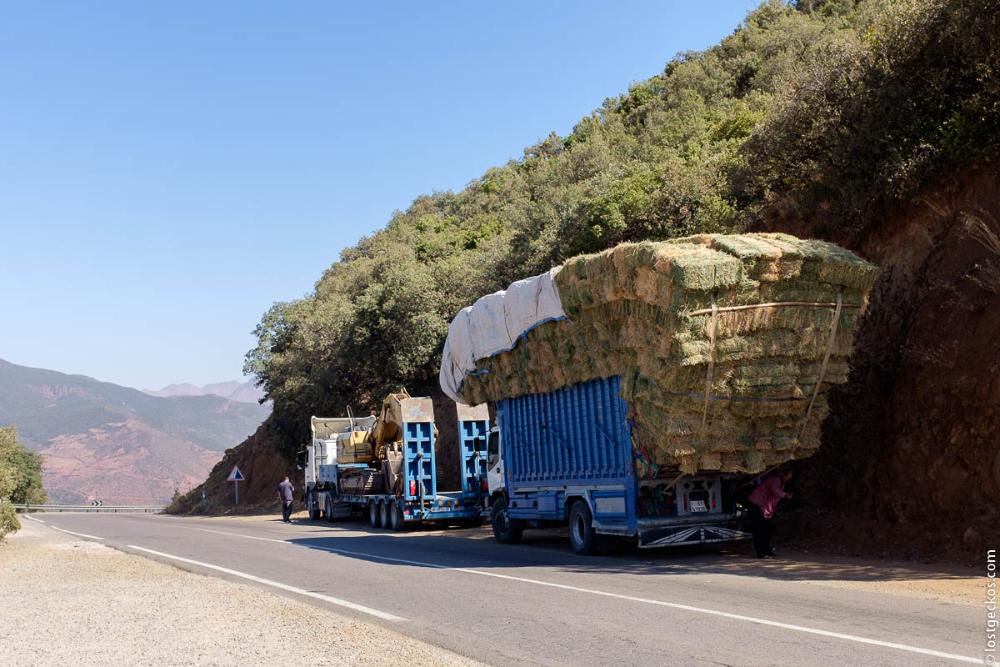
After afew hours driving through the famous pass, we finally arrived in Marrakech that afternoon, yeay! Off to the next part of the adventure!